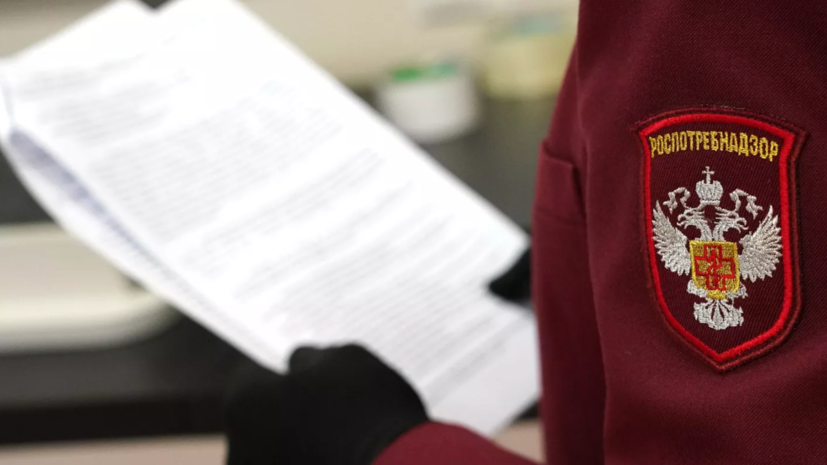“The work in question was carried out by a team of authors and describes a variety of the causative agent of CHF, which was found in the study of archival samples of ticks and the blood of people who had it in 2007-2017.
These are long-existing variants of the virus, it just caught the eye of researchers for the first time, ”Semyonov explained.
Clinically, it is no different from a normal virus, the expert added.
According to the specialist, this is just its genetic variety, of which quite a lot has been described.
“Niroviruses, and in particular the Crimean-Congo hemorrhagic fever virus, are characterized by a very high degree of genetic diversity.
Scientists just described another option.
Therefore, there is no reason for excitement, to put it mildly.
The peculiarity of the new strain of the virus is that it has a number of nucleotide substitutions that distinguish it from the previously described ones.
It didn't show up clinically.
For the patients from whom they were isolated, there was no difference, ”he said.
The Crimean-Congo hemorrhagic fever virus is carried mainly by ticks, the doctor of biological sciences recalled.
“This disease occurs in the south of Russia (Volgograd Region, Rostov Region, Stavropol Territory, North Caucasus) and is common in the territory from China to Serbia, along the southern belt from Southern Ukraine, Bulgaria, Georgia to East and South Africa,” he said.
The disease proceeds in different ways, Semyonov explained.
“Sometimes it is relatively benign, with an acute incubation period of 1-2 to 14 days, most often an incubation period of 3-9 days, characterized by a sharp rise in temperature, severe intoxication, headache, possibly with vomiting, diarrhea.
With an unfavorable course of the disease, hemorrhagic bleeding develops, bruises form, ”the expert explained.
As Semyonov added, the patient usually recovers on the 10-12th day after an acute illness, and rehabilitation after an illness can take up to two months.
“Therefore, Crimean-Congo hemorrhagic fever is a dangerous infectious disease.
Since the Crimean Congo hemorrhagic fever is a natural focal disease, there are sick people every year, since every year people go out into the countryside and ticks bite them there, and there are infected ones among the ticks, ”explained the expert.
Unlike tick-borne viral encephalitis, single cases of infection with Crimean-Congo hemorrhagic fever are recorded.
“But this is an infection that we are monitoring, studying, so the work presented by Rospotrebnadzor specialists is connected precisely with the close attention of the federal service to this disease,” the expert concluded.
Earlier it was reported that scientists have identified a new strain of Crimean-Congo hemorrhagic fever in southern Russia.

